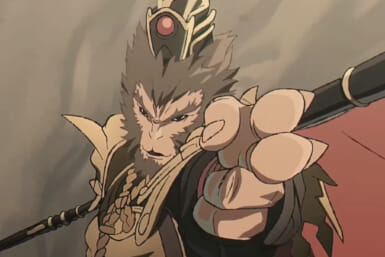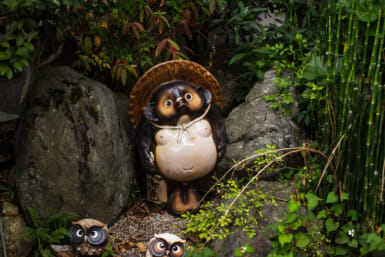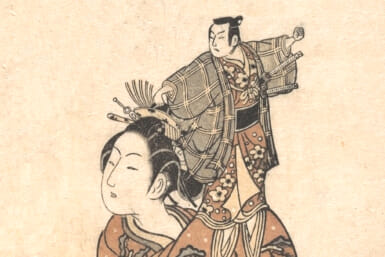With manga being as synonymous with Japanese culture as sushi and haiku, it can be daunting to know where to start reading. Manga (Japanese comic books) represent a specific form of art that combines narrative text with hand-drawn visuals, and it has as many genres and styles as traditional prose does.
There are manga for children and adults; for men and women; for fans of genre fiction and literary fiction. There are also manga which can teach us a greater understanding of Japanese culture and history. To read manga is to understand Japan better.
Here are five key genres of manga to get into and a bonus category for manga that can help us understand Japanese culture better. Let’s start with that one!
Manga for Understanding Japanese Culture
Arguably, every manga series has something to teach us about Japanese culture, given that it is created by a Japanese mangaka and its audience is predominantly Japanese readers. But it’s these three that can teach non-Japanese readers something specific about Japanese history, tradition, and modern zeitgeist.
1. Akira by Katsuhiro Otomo
Perhaps the most famous and successful manga ever created, Akira is also one of the smartest. This series (and the iconic anime film it inspired) represents the modern post-war Japanese zeitgeist better than any other piece of fiction ever made.
Written and drawn by Katsuhiro Otomo, Akira is set in a cyberpunk Neo-Tokyo after a nuclear explosion triggered World War III. Neo-Tokyo is plagued by terrorist gang warfare, and espers with telekinetic powers threaten to trigger complete collapse. No manga has ever better captured post-war Japan’s state better than Akira, speaking as it does to themes of nuclear power, military might, new technological power, the threat of war and civil unrest, and more.
2. Descending Stories: Showa Genroku Rakugo Shinju by Haruko Kumota
Rakugo is a uniquely Japanese kind of performance art and one that few people outside Japan know much about. While theatrical traditions like kabuki and noh are relatively well-understood, rakugo remains a niche within Japan.
For new manga readers looking to understand this delightful and fascinating corner of Japanese performance art, Descending Stories (and the anime it inspired) is a great place to begin.
The story follows a young prison inmate who, while incarcerated, witnesses a captivating rakugo performance. Once freed, he is obsessed with following the rakugo tradition and becomes apprenticed to a harsh rakugo master, opening up the door to a great artistic tradition.
3. In This Corner of the World by Fumiyo Kouno
Fumiyo Kouno is famous for creating historical manga set in her home of Hiroshima. In This Corner of the World (and the animated film it inspired) is set in a small town in Hiroshima Prefecture, against the backdrop of World War II. This is a fantastic manga to teach the history and impact of World War II from not only a Japanese perspective but from the standpoint of innocents on the ground level; people who will be impacted harder than anyone else.
Shounen Manga
Shounen manga is traditionally a style of manga intended to be enjoyed by boys and young men. Over the decades, however, it has evolved to encompass any kind of genre fiction accessible to children and adults alike. Often, shounen manga is action and adventure-focused and usually falls into the categories of fantasy and sci-fi (though not always). The three manga below each represent shounen manga and remain celebrated examples of the style.
4. Dragon Ball by Akira Toriyama
There has never been — and may not ever be — a shounen manga of the scale that Dragon Ball reached. This is the definitive shounen manga: an action-adventure series for boys, with a focus on martial arts and personal growth, inspired by Chinese mythology (specifically the 16th-century Chinese novel Journey to the West).
Dragon Ball tells the story of Goku, a tough, positive and lovable young boy with a monkey’s tail, as he sets off on an adventure filled with hand-to-hand martial arts action and a charming cast of colorful characters. As the series continues, Goku grows up and learns more about where he comes from. It leaves its Chinese mythology roots behind and grows into something wholly its own (as best seen in its anime adaptation Dragon Ball Z).
5. My Hero Academia by Kohei Horikoshi
While Dragon Ball came to define the shounen manga in the 90’s, My Hero Academia represents the state of shounen manga and anime today. Most notably, the manga best captures how Western media (especially the superhero comics of Marvel and DC) has had a lasting impact on modern Japanese culture.
My Hero Academia takes great influence from American superhero comics and uses that influence to create something wholly Japanese and uniquely its own. The creator, Kohei Horikoshi, is a passionate lover of American comics, and now his own creation has been massively received and celebrated by young American men in return.
The series is set in an alternate world in which most people are born with an innate talent (think X-Men). Some of these talents — or quirks — are powerful enough to allow the bearer to go down the hero-in-training route. Our protagonist, born without a quirk, soon finds himself in possession of a powerful quirk, bestowed on him by Japan’s mightiest hero, and now he must follow in his idol’s footsteps and become the next great hero of Japan.
6. One Piece by Eiichiro Oda
Famously, this goliath of a manga series currently sits at the number three spot of best-selling comics of all time (beaten only by Superman and Batman). One Piece is almost indescribable as a series, a cultural touchstone, and a symbol of manga itself, especially shounen manga.
First published in 1997, One Piece continues to this day, being written and drawn by the relentlessly hard-working Eiichiro Oda. The series follows a boy named Monkey D. Luffy and his band of rag-tag pirates: The Straw Hat Crew, as they sail the open seas in search of the ultimate treasure: One Piece.
Separated into distinct arcs, One Piece is a fantastical adventure series defined by its world-building and attention to detail. Characters large and small in this world are given complete dimension; crafted with care and precision. It is a vast, ever-growing, lived-in world of colorful and wacky hijinks. And it is the biggest, most successful manga ever created.
Shoujo Manga
Traditionally, shoujo manga is a young girl’s answer to the action-focused shounen genre. Shoujo manga typically explores romance, slice-of-life drama, and young friendships, sometimes through the lens of genres like fantasy and sci-fi. Once upon a time, shoujo was written by men, by female mangaka like those who made up The 24 Group, reclaimed the genre and transformed it for the better.
7. Sailor Moon by Naoko Takeuchi
Much like how Dragon Ball defines the shounen genre, Sailor Moon is the defining manga of the shoujo genre. Sailor Moon created the “magical girl” subgenre of shoujo while also staying true to the shoujo tropes.
It’s hard to overstate just how much of a cultural impact Sailor Moon has had worldwide. The series (and its anime adaption) took the concept of kawaii to new heights, placing Sailor Moon herself alongside iconic characters like Hello Kitty at the top of the kawaii totem pole. For many young girls around the world, modern Japanese culture is inescapably tied to Sailor Moon and what she represents: friendship, goodness, sweetness, cuteness, color, joy, inner strength.
8. Fruits Basket by Natsuki Takaya
While Sailor Moon created, and continues to define, the “magical girl” genre, Fruits Basket — written and drawn by Natsuki Takaya — is the perfect example of shoujo manga outside of the action-oriented style.
Fruits Basket follows the story of a sweet, optimistic young girl beset by tragedy by remaining strong and stalwart. When she loses her mother, Toru Honda winds up living in a tent in the woods, while still going to school and working a part-time job. When she is invited to live with the Soma family, she finds out that each member is cursed with the ability to transform into one of the animals from the Chinese zodiac.
It’s a series full of heart, juggling comedy and tragedy with wonderful interpersonal relationships and some light fantastical themes. It’s a playful story with a beloved protagonist, and it is one of the best manga to represent the shoujo genre.
9. Orange by Ichigo Takano
Many shoujo manga explore romantic and platonic relationships between young people (often high-schoolers) while injecting their stories and characters with a gentle supernatural or science fiction twist. Maybe there’s a ghost or another world or a talking animal. In Orange, there’s a letter sent back through time.
When Naho Takamiya receives a letter from her adult self, telling her about a boy who is about to join her school, she is pleaded to avoid causing a regret that has haunted her future self ever since. Orange is a newer series in the shoujo canon, and represents the best of modern shoujo manga.
Sports Manga
Sports manga is an interesting genre. Each series in the genre focuses on a specific sport and a team or rising star within that sport. And while the sport itself is key to the story’s action and events, it’s the people we’re here for. Sports manga often explore the same themes that shounen manga do: teamwork, friendship, personal growth.
10. Haikyuu!! By Haruichi Furudate
Like most sports manga, Haikyuu!! can also be categorized as a shounen anime, and its consistently high-ranked spot in the pages of Shonen Jump magazine are proof of that. This is a manga (and anime) that proved so popular with teenage boys that it revitalized half the nation’s interest in volleyball.
The series follows a high school team of underdogs who rise to the top, but what hinges the manga together is the team’s relationship dynamics, especially between our main protagonists Hinata and Kageyama. Their teamwork and the times that they butt heads make this such a dynamic and inspiring sports manga.
11. Slam Dunk by Takehiko Inoue
While Haikyuu!! is the most popular sports manga of today, the 90s was dominated by the basketball manga Slam Dunk. While Haikyuu!!‘s protagonist is a sweet, small underdog, Slam Dunk begins with its protagonist — an aggressive social outcast named Sakuragi — being encouraged to join his school’s basketball team by a girl he has fallen for.
Slam Dunk was the big sports manga of the 90s, and it helped to re-popularize the genre for a whole new generation of manga readers. Thanks to Slam Dunk, sports anime and manga have enjoyed a consistent stream of popularity for the past twenty years.
12. Ashita no Joe by Asao Takamori and Tetsuya Chiba
Not all sports manga are about the dynamics between team members. Like the inspirational classic Ashita no Joe (Tomorrow’s Joe), some are more focused on a single protagonist and the challenges they face. It’s easy to see parallels to “battle shounen in these manga,” with the martial arts brawls being replaced by one-on-one matches.
Ashita no Joe was a boxing series that ran from the late 60s to the early 70s and was recently reimagined as the anime Megalobox, which added a Mad Max-esque setting and sci-fi element to the story. Ashita no Joe was hugely popular with working-class readers at the time, as it explored themes of desperation and rising from the ashes.
Historical Manga
Historical manga follows the same exciting tone and themes of any historical fiction. Most are long, long series that focus on a specific period of history, a particular person in it (sometimes real but fictionalized and sometimes entirely invented for the story) and are often full of satisfying action and political narratives.
13. Vagabond by Takehiko Inoue
The still-ongoing manga series Vagabond is the perfect example of an epic historical action drama. Set in early 17th-century drama, in the aftermath of the Battle of Sekigahara, which established the Tokugawa Shogunate. It fictionalizes and dramatizes the origin story and life of historical ronin Miyamoto Musashi.
Vagabond is a grounded, slow drama that is targeted at adults. It’s a fantastic series for samurai fans and ronin; who enjoy the stories of swordsmen from the Sengoku Jidai. It has been running since the ’90s and continues to this day.
14. Demon Slayer: Kimetsu no Yaiba by Koyoharu Gotouge
One of the biggest shounen anime in the world right now is Demon Slayer: Kimetsu no Yaiba. The show, and the manga series that inspired it, is also a fantastic historical fiction piece.
Set in the Taisho era, with all the early electricity and original cars of the era, Demon Slayer follows a country mountain boy whose family is slaughtered by a demon. All except his sister, who has been turned into a demon. Young Tanjiro is now on a demon hunt and a search for a cure while keeping his sister safe on their journey across Taisho era Japan.
15. Vinland Saga by Makoto Yukimura
While it isn’t set in Japan, Vinland Saga is perhaps the best of the manga world’s historical fiction genre. Vinland Saga is an epic Viking saga, and it was recently adapted into a fantastic anime series for Amazon Prime.
Beginning in 2005, Vinland Saga uses historical references to retell the saga of Denmark’s conquering of the British Isles during the 11th century. The series follows a young and vengeful Icelandic warrior named Thorfinn, who witnesses his father – legendary Viking warrior Thors – getting cut down. His vengeful journey takes him across northern Europe.
Comedy Manga
Given the visual aspect of manga, and the fact that it is often made by only one or two people, the artform is in a unique position to make us laugh. Comedy manga are tightly directed, perfectly paced series that use a mix of narrative and visual gags to get the most out of manga’s medium. They’re often campy and silly, and with a view to making us laugh as much and as often as possible.
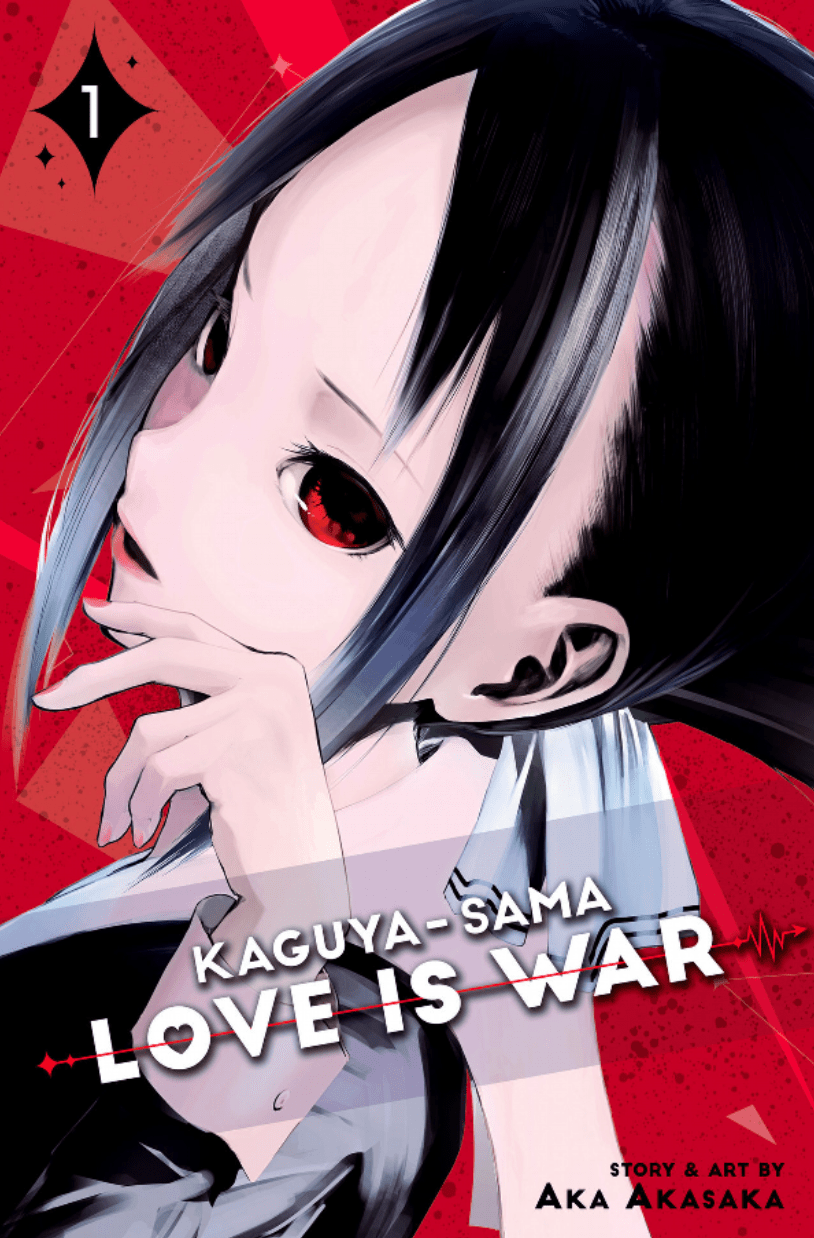
16. Kaguya-sama: Love is War by Aka Akasaka
Made doubly popular by its recent, excellent anime adaptation by A-1 Pictures, Kaguya-sama is the perfect example of an outstanding comedy manga. Set in a small space, like a stage, the show follows the endless series of battles between two high-achieving high school students who love one another but are too proud to make the first move.
Beginning as a monster-of-the-week series, Kaguya-sama explores the absurd lengths these characters will go to force the other to admit their feelings first. The comedy comes from their absurd plots and schemes and the ridiculous levels of stress they undergo to protect their pride.
17. Nichijou by Keiichi Arawi
One of the most famous comedy manga of all time is Nichijou, a series that pokes fun at the shoujo slice-of-life genre by taking ordinary — even bland — scenarios encountered on a day-to-day basis by middle-schoolers and adding a big dollop of absurdism.
Nichijou (Everyday) blends real, relatable scenarios and situations from school and home life with ridiculous and surreal drama. The glue that holds it together is the small cast of girls whose exaggerated reactions to everything turn them into Super Saiyans and magical girls, at once poking fun at every manga trope and the slice-of-life genre as a whole.
 18. One Punch Man by ONE and Yusuke Murata
18. One Punch Man by ONE and Yusuke Murata
One of the most admired and iconic manga and anime series’ of recent years in the comedy/action giant One Punch Man. Originally drawn by its writer, ONE, it was later relaunched with the help of Yusuke Murata. When ONE originally drew the manga, the comedy was front and center. With the pencil in Murata’s hand, the action was taken to a whole other level.
The comedy in One Punch Man is smart and witty; it begins by taking the tropes of shounen battle manga and poking hilarious holes in them. But soon enough, the series gets deeper, developing a meta-philosophy that is endlessly entertaining.


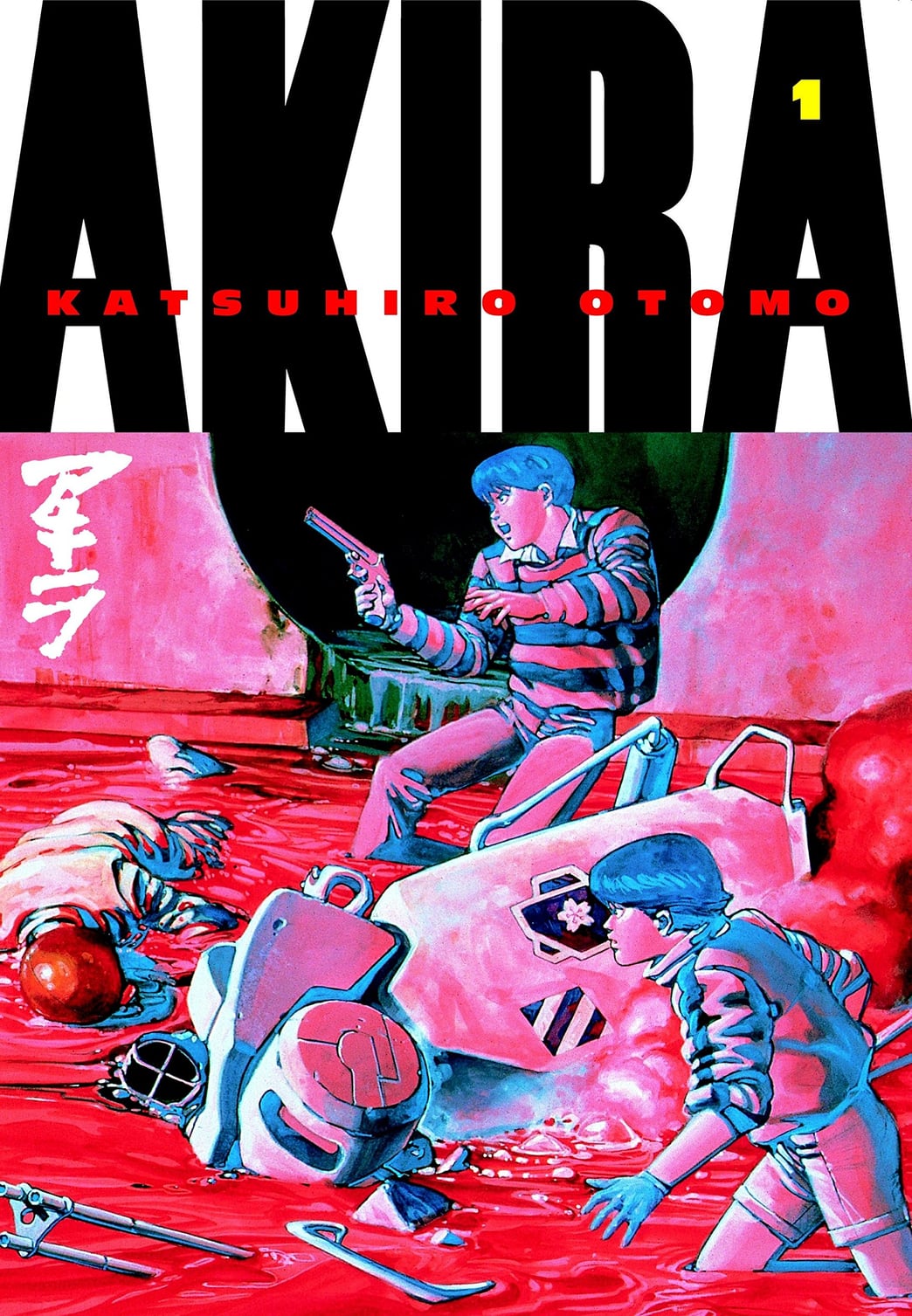
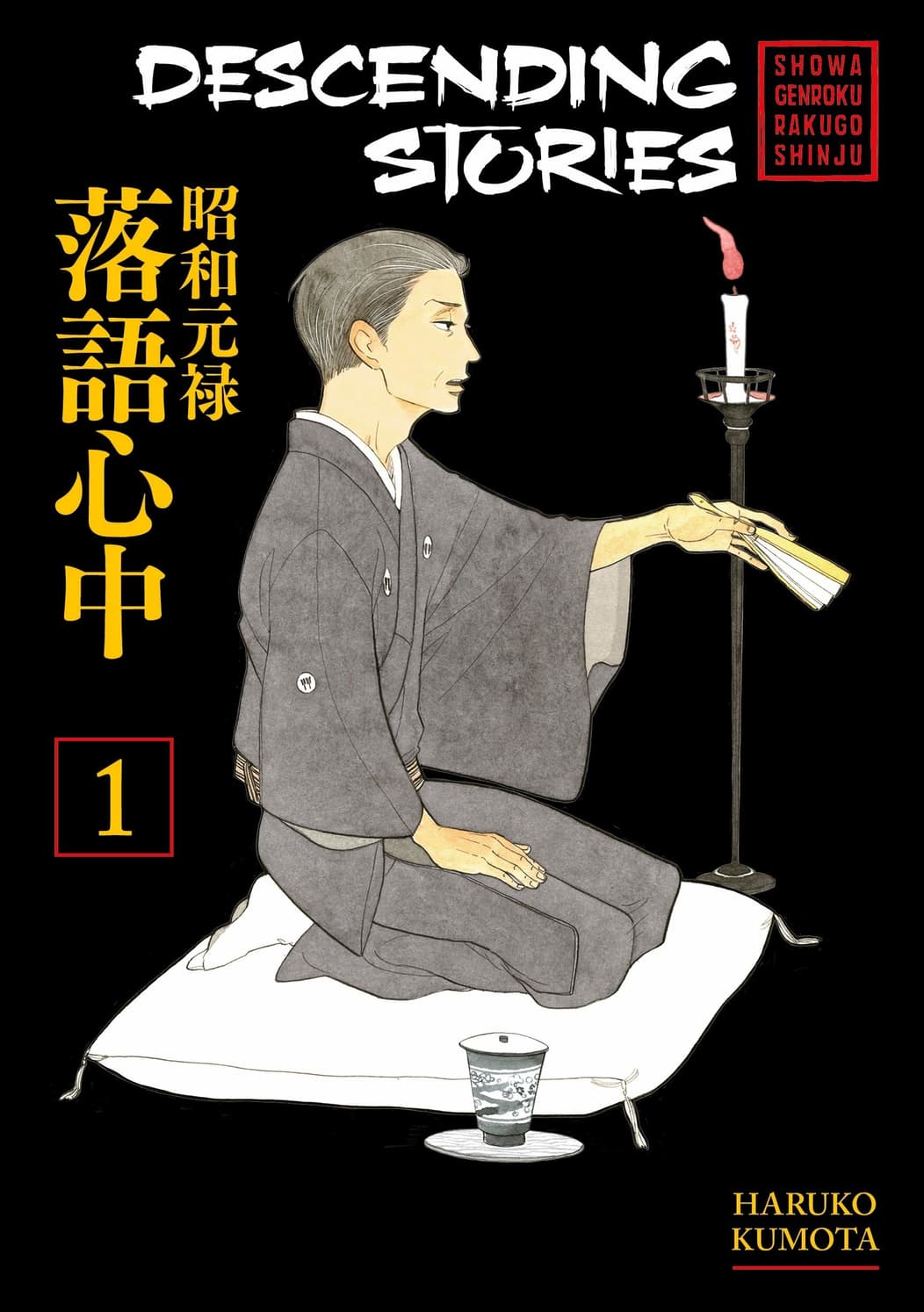
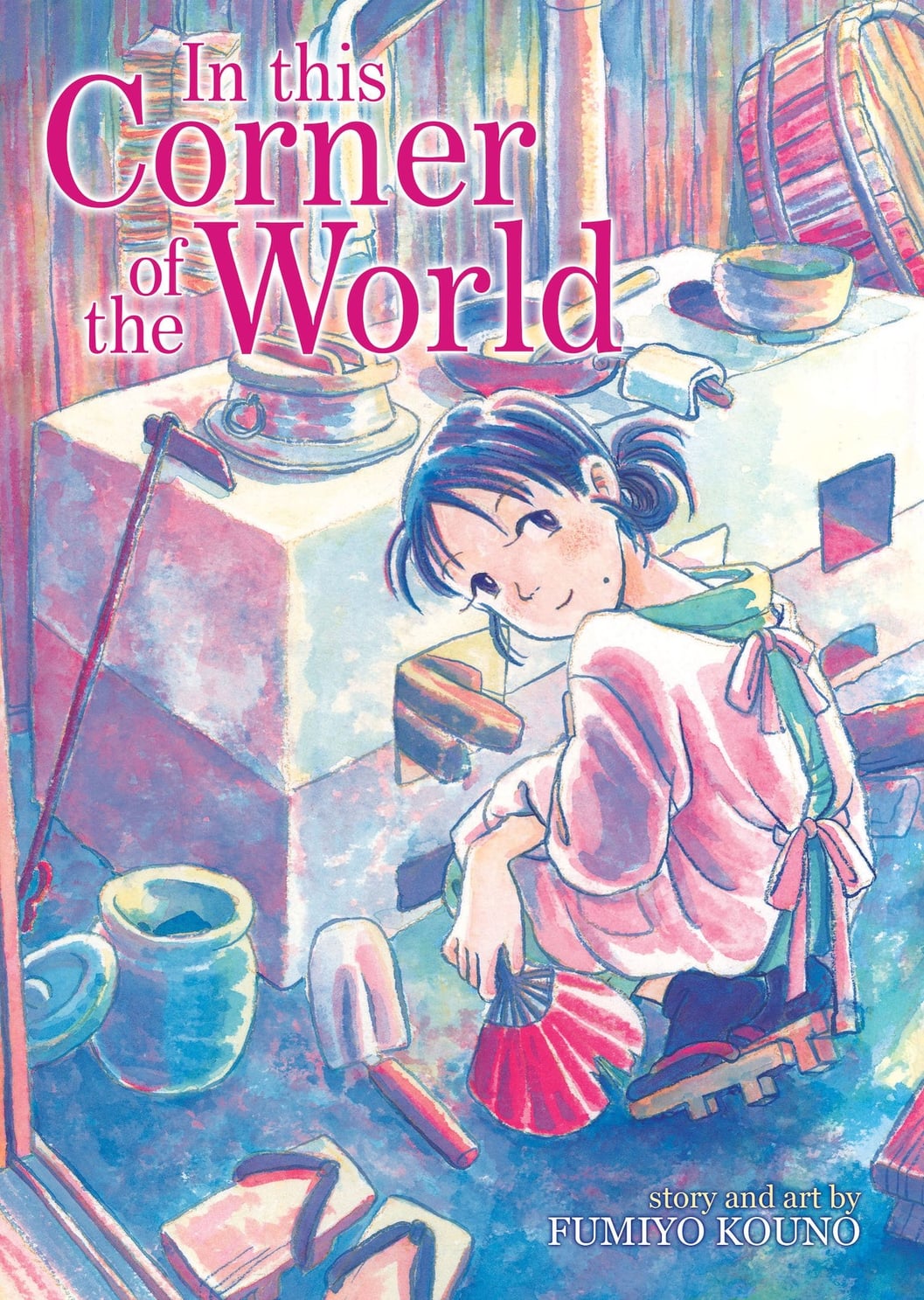
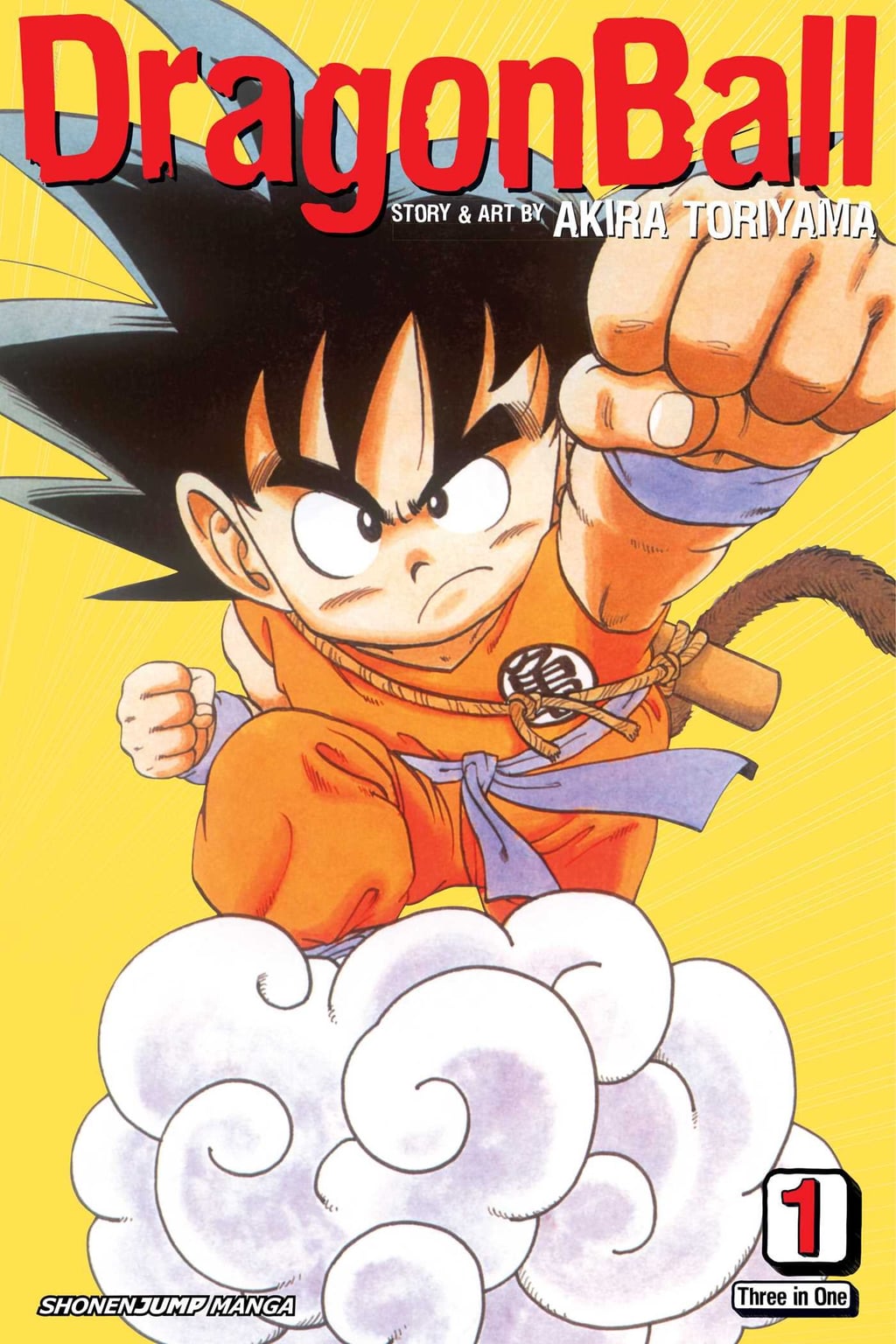
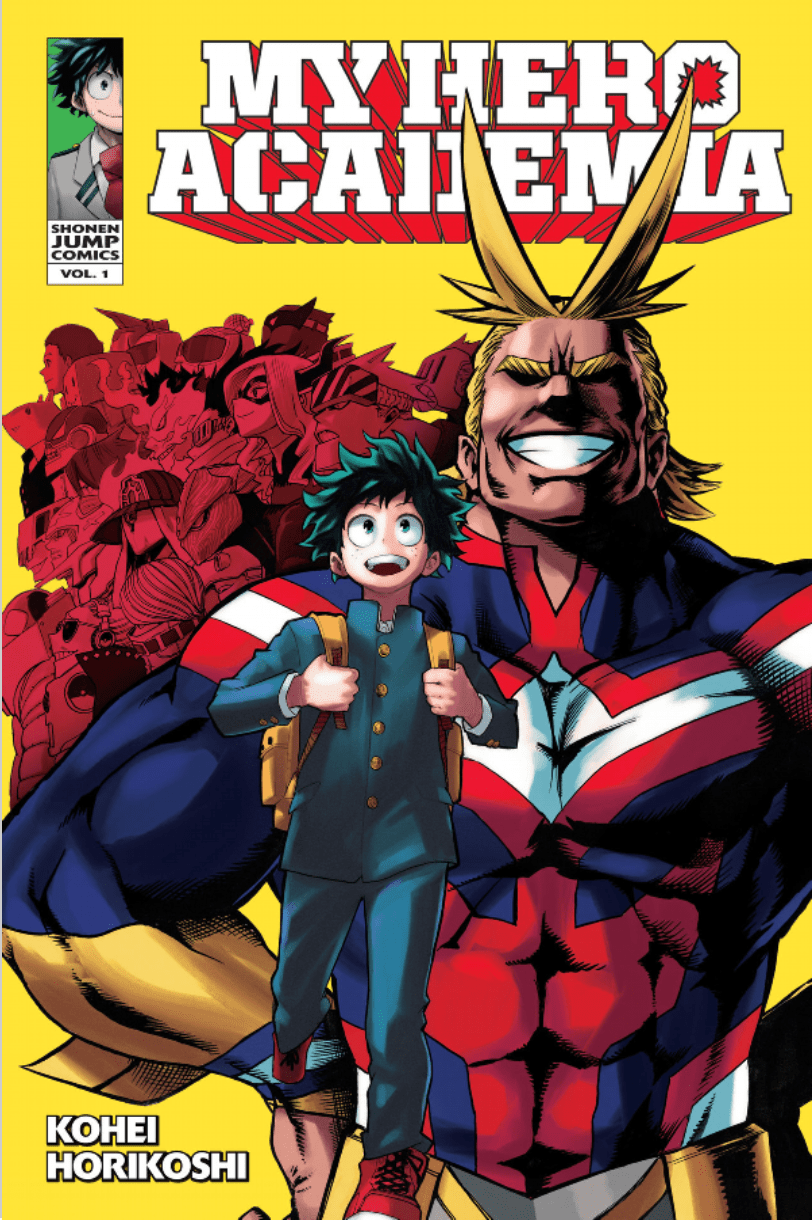
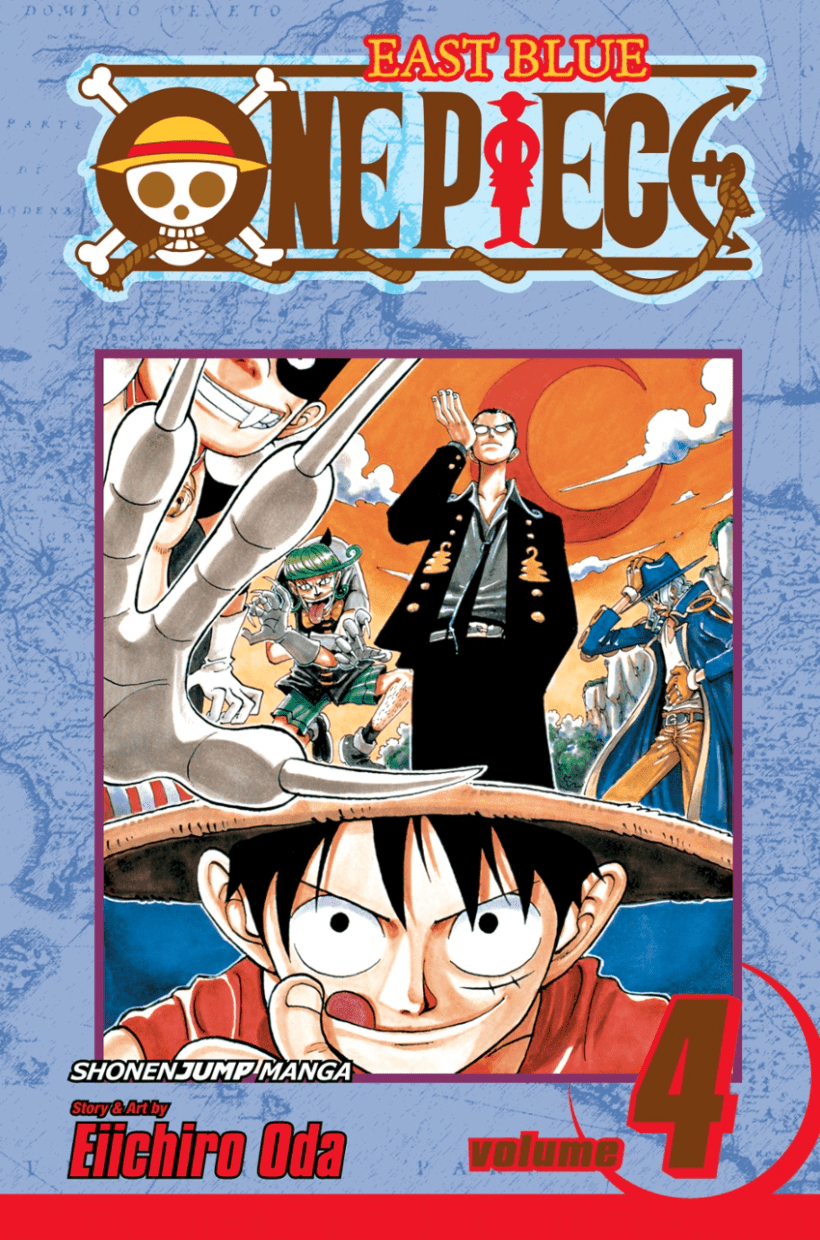
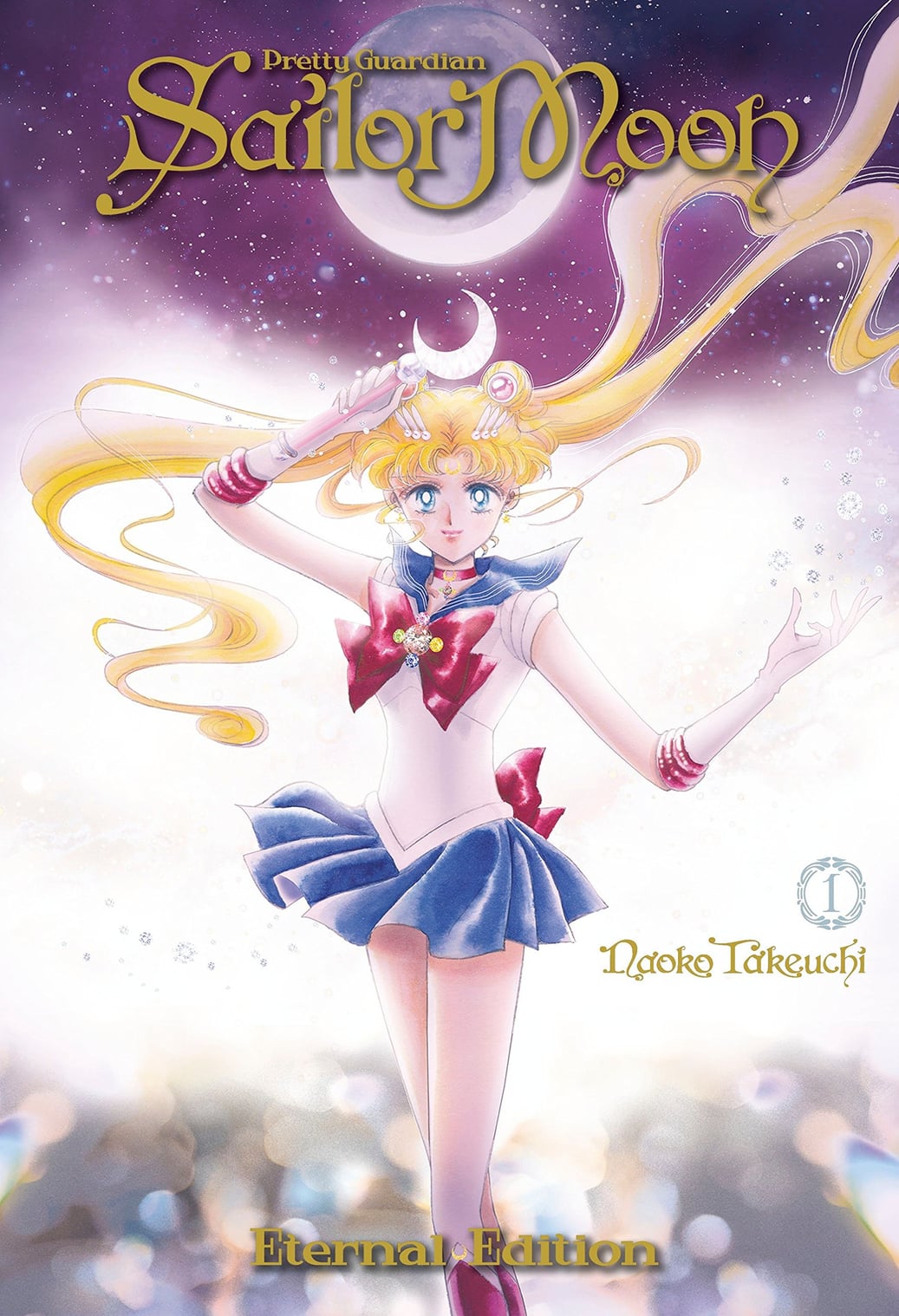
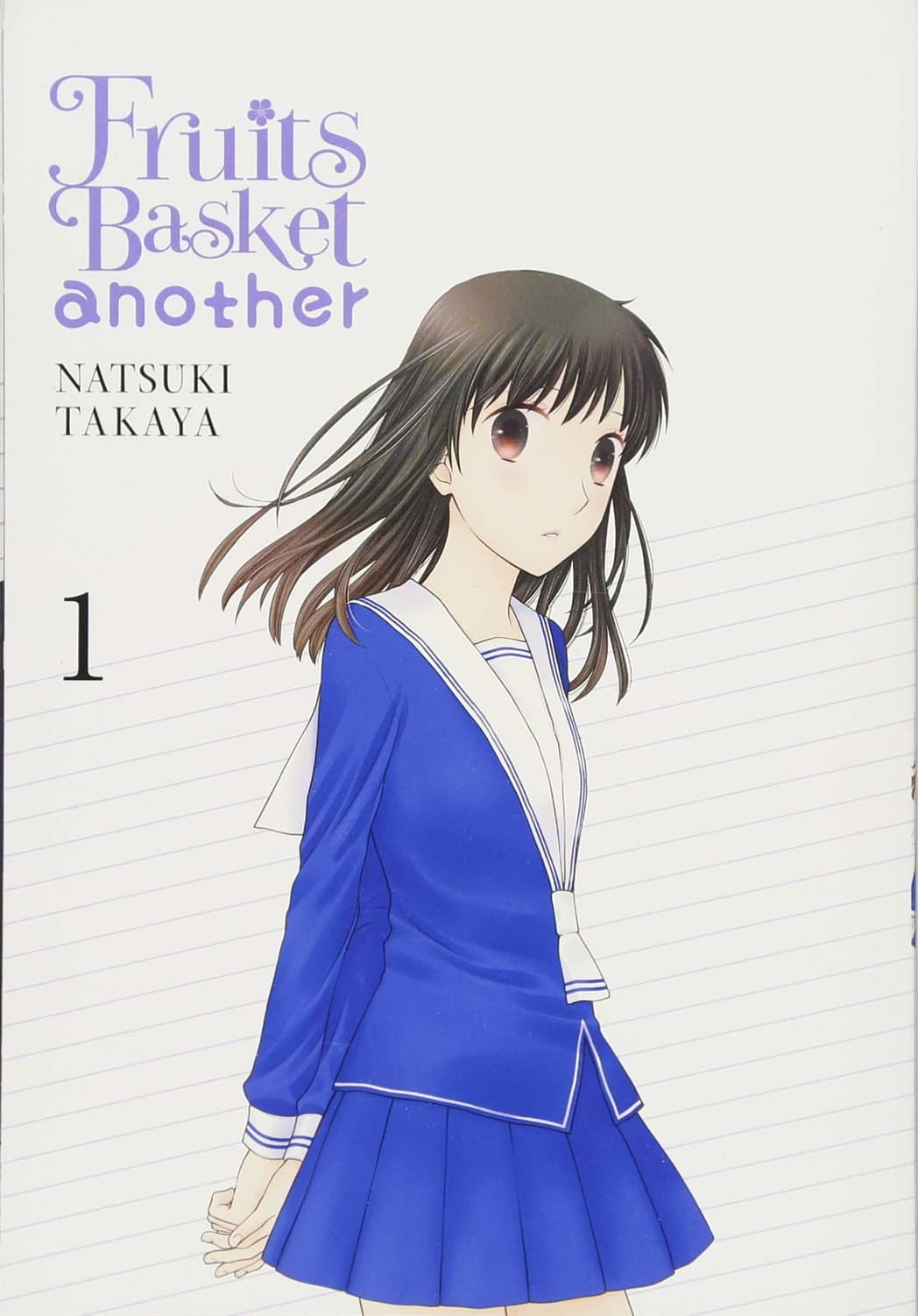
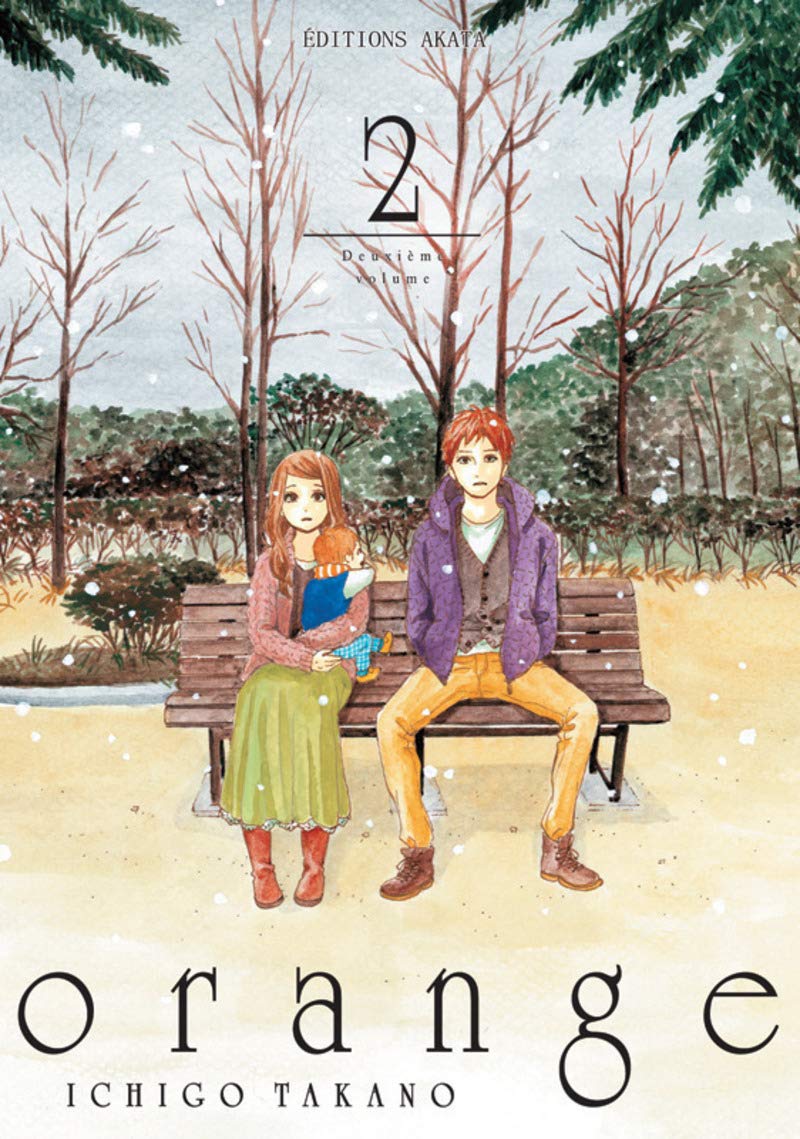
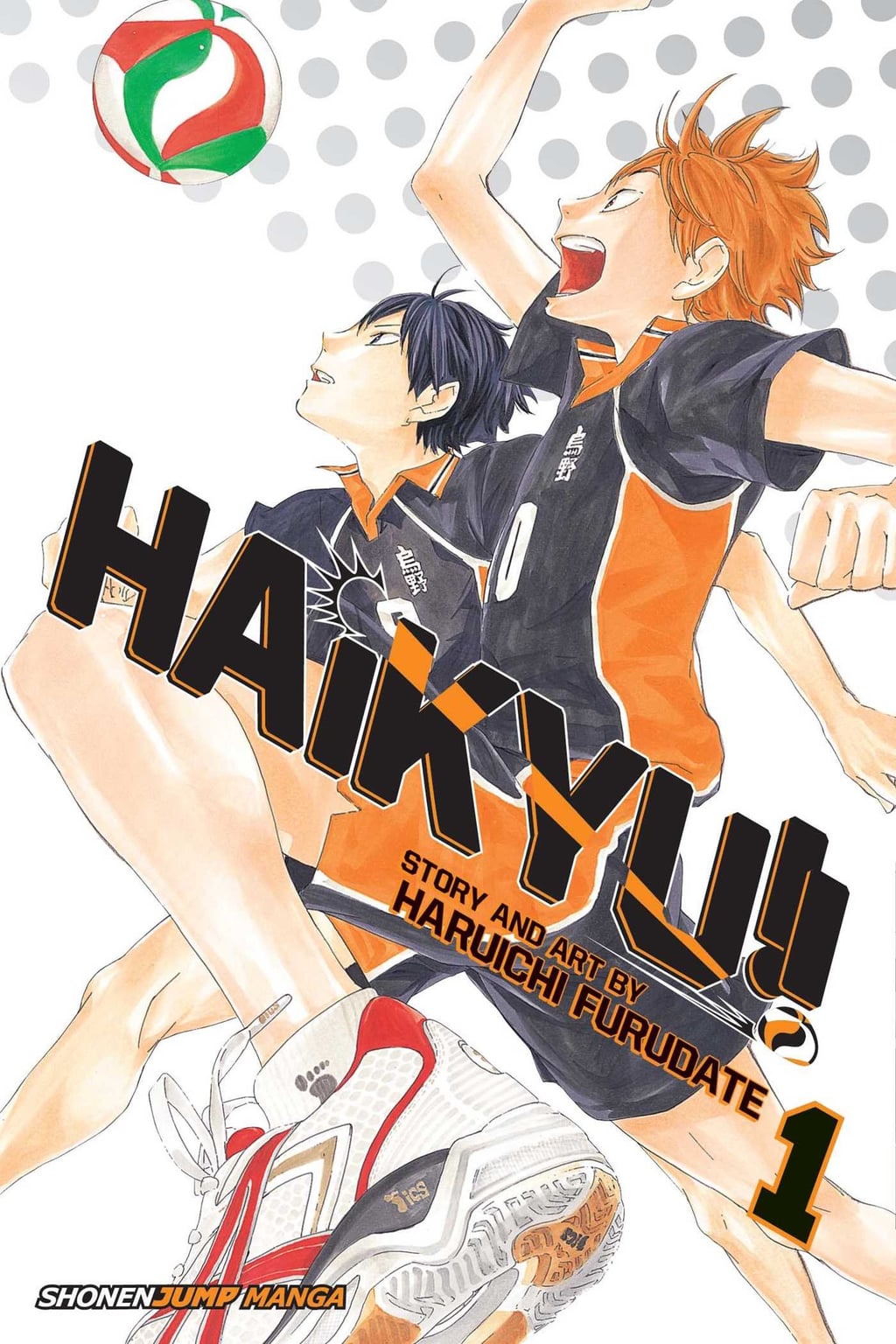
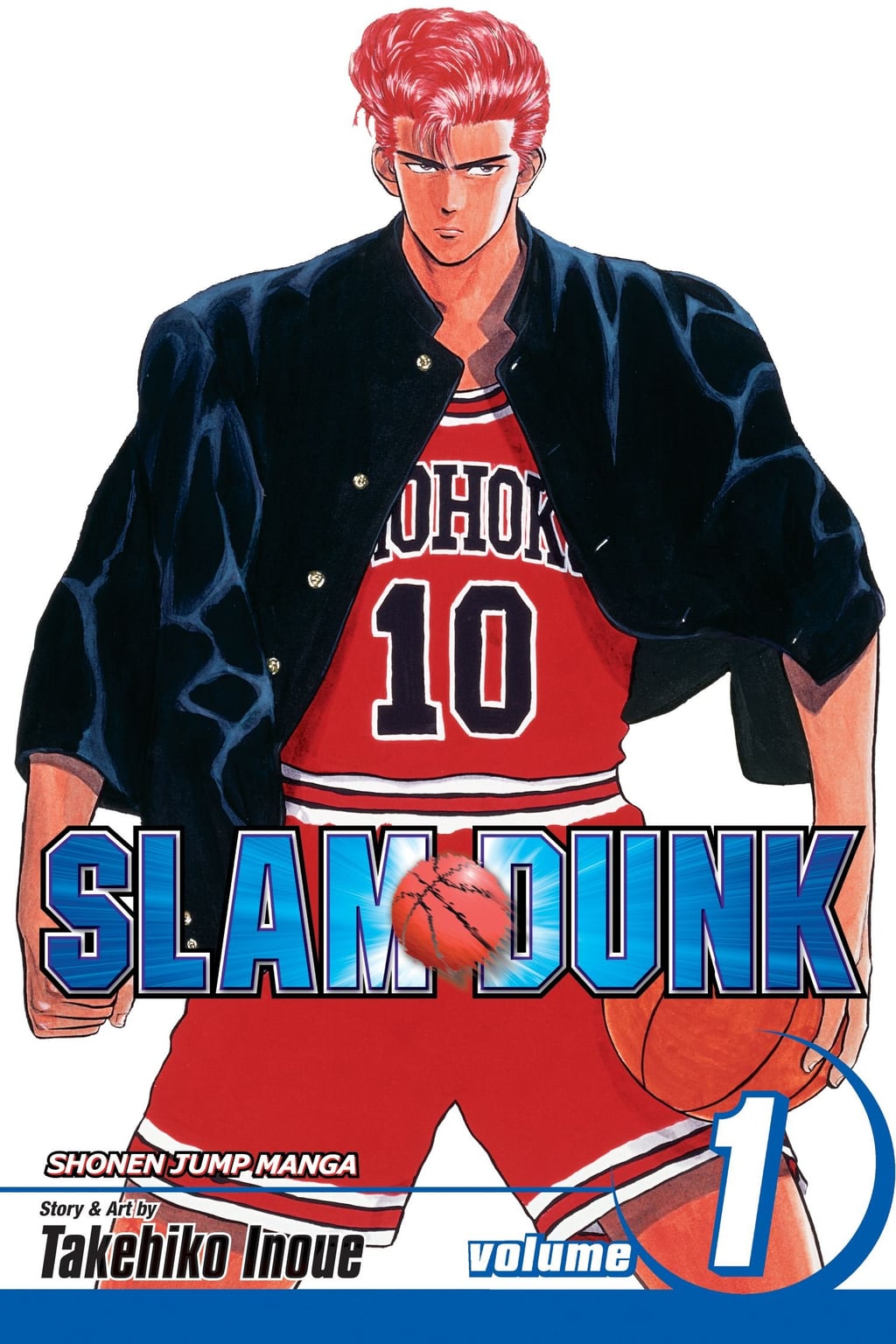
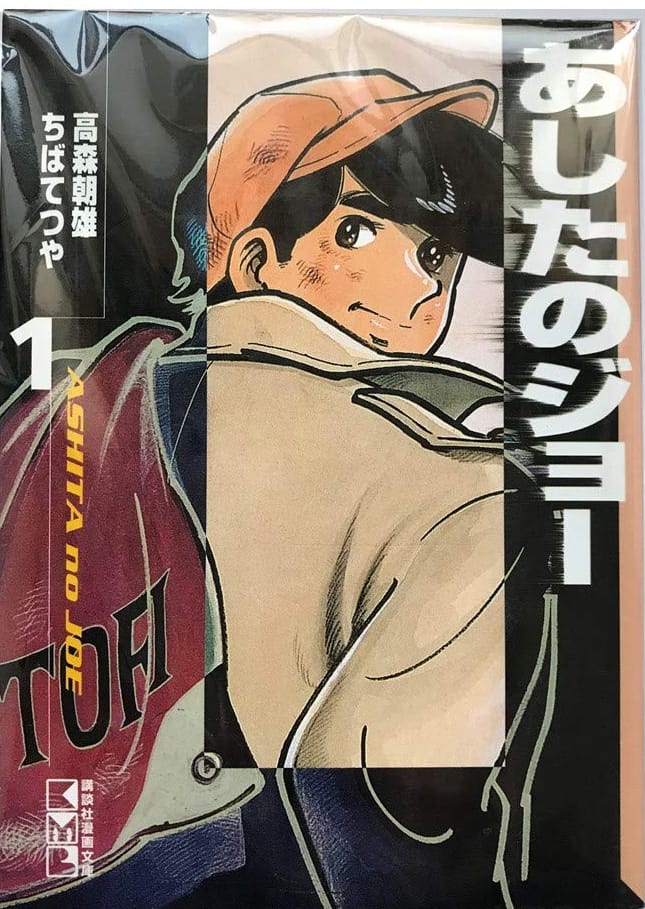

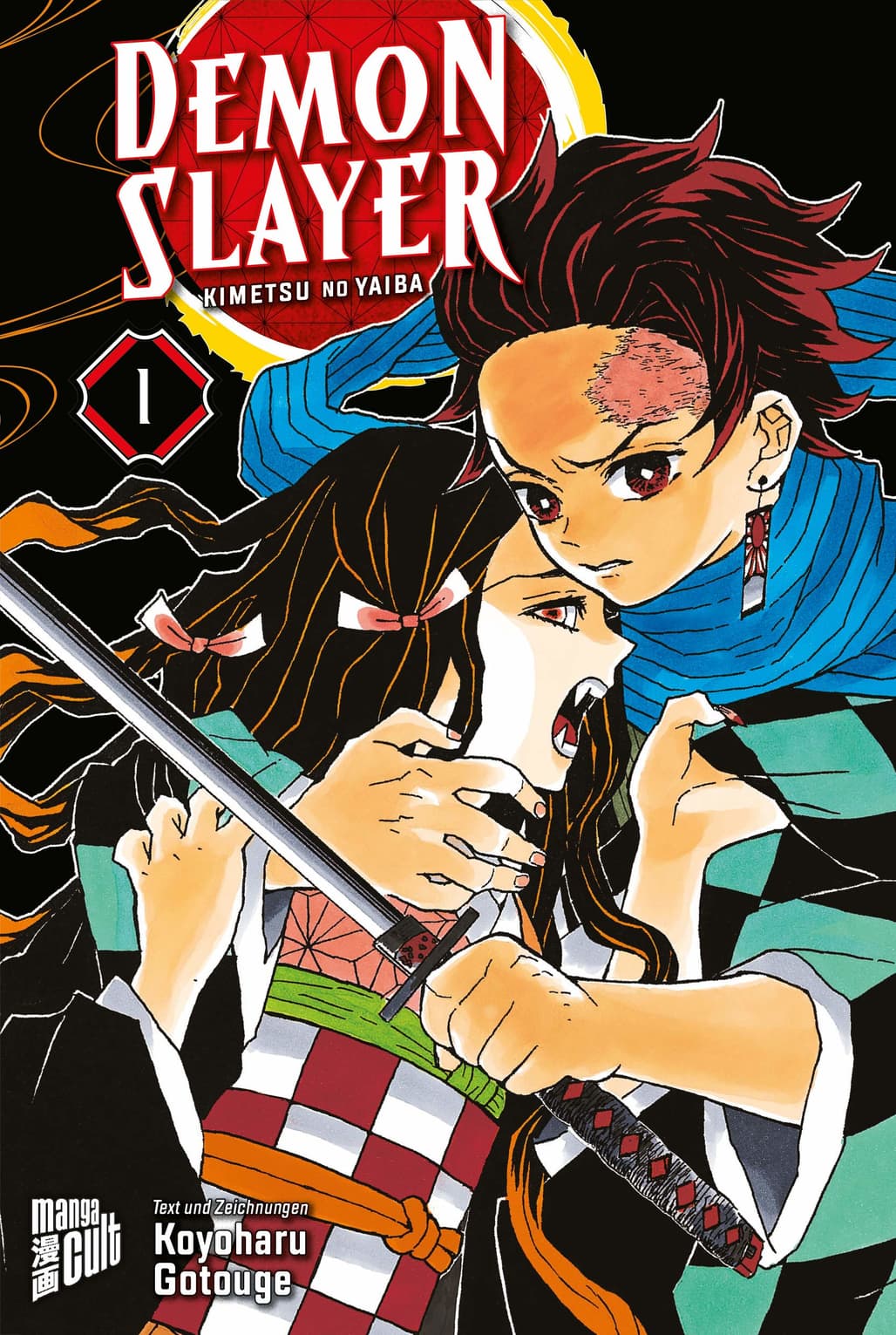
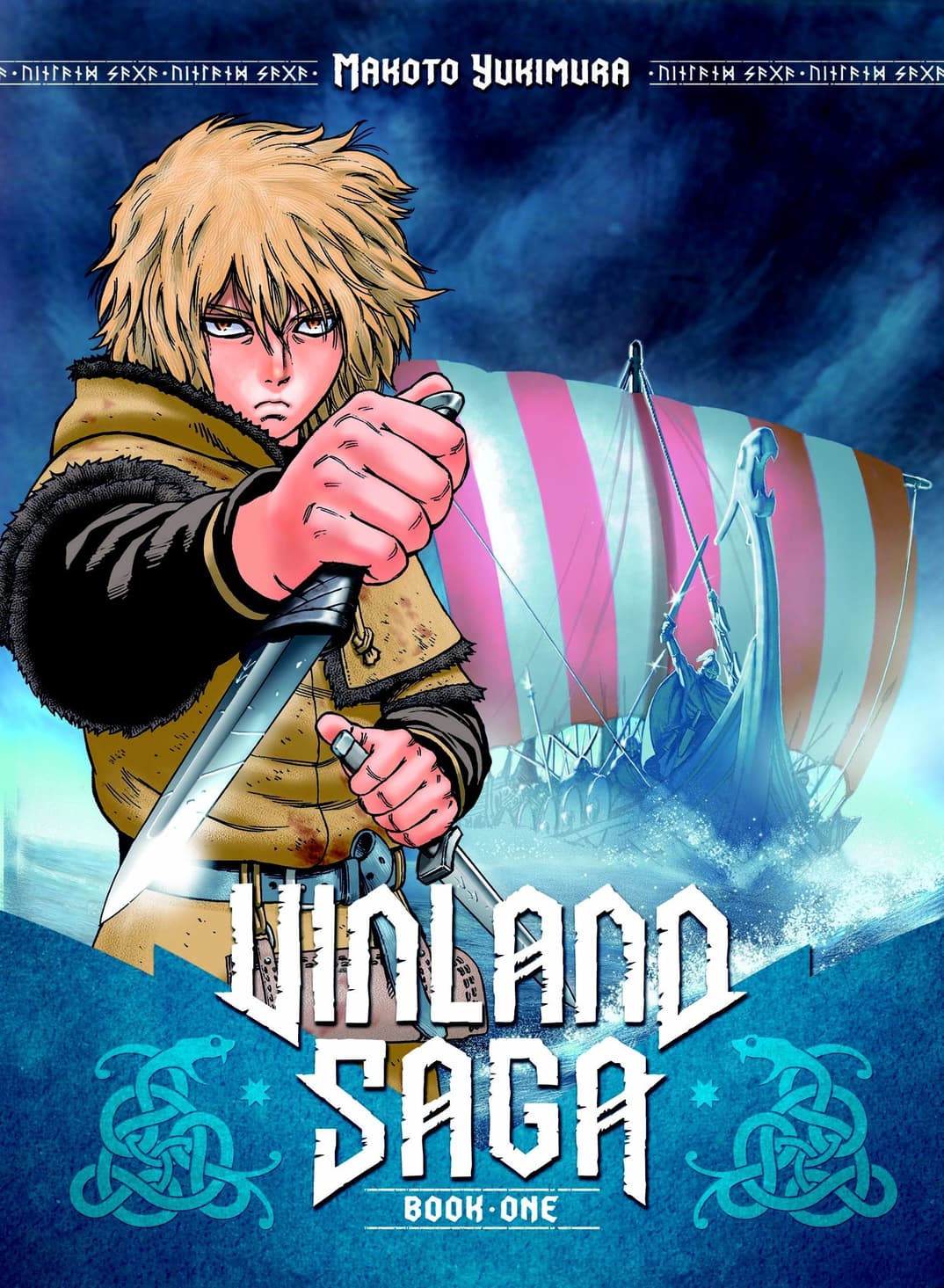
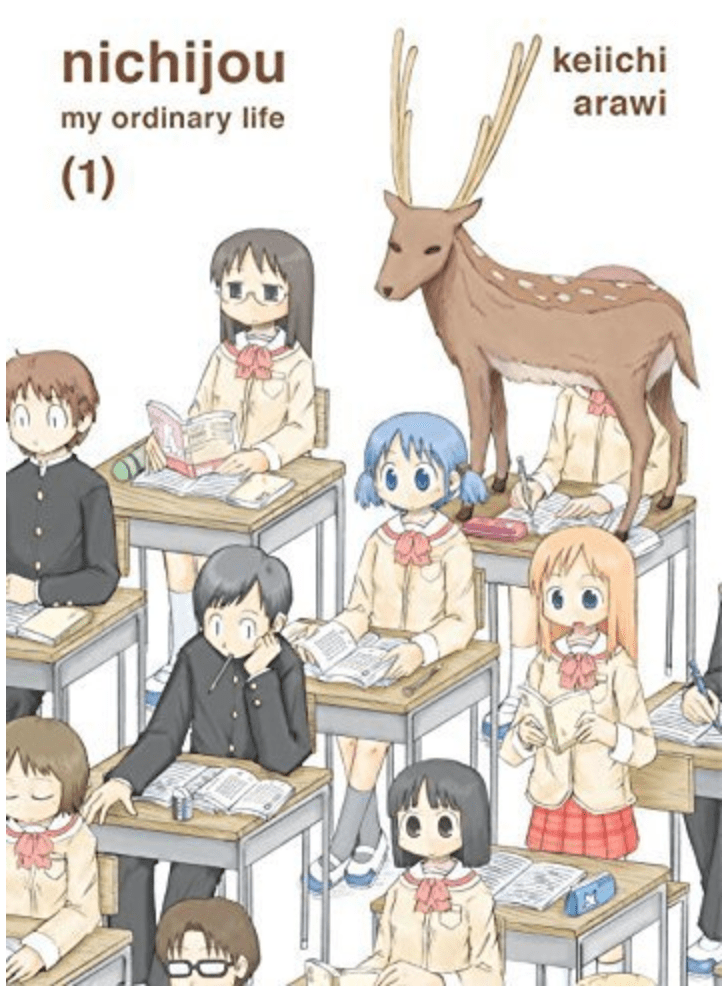
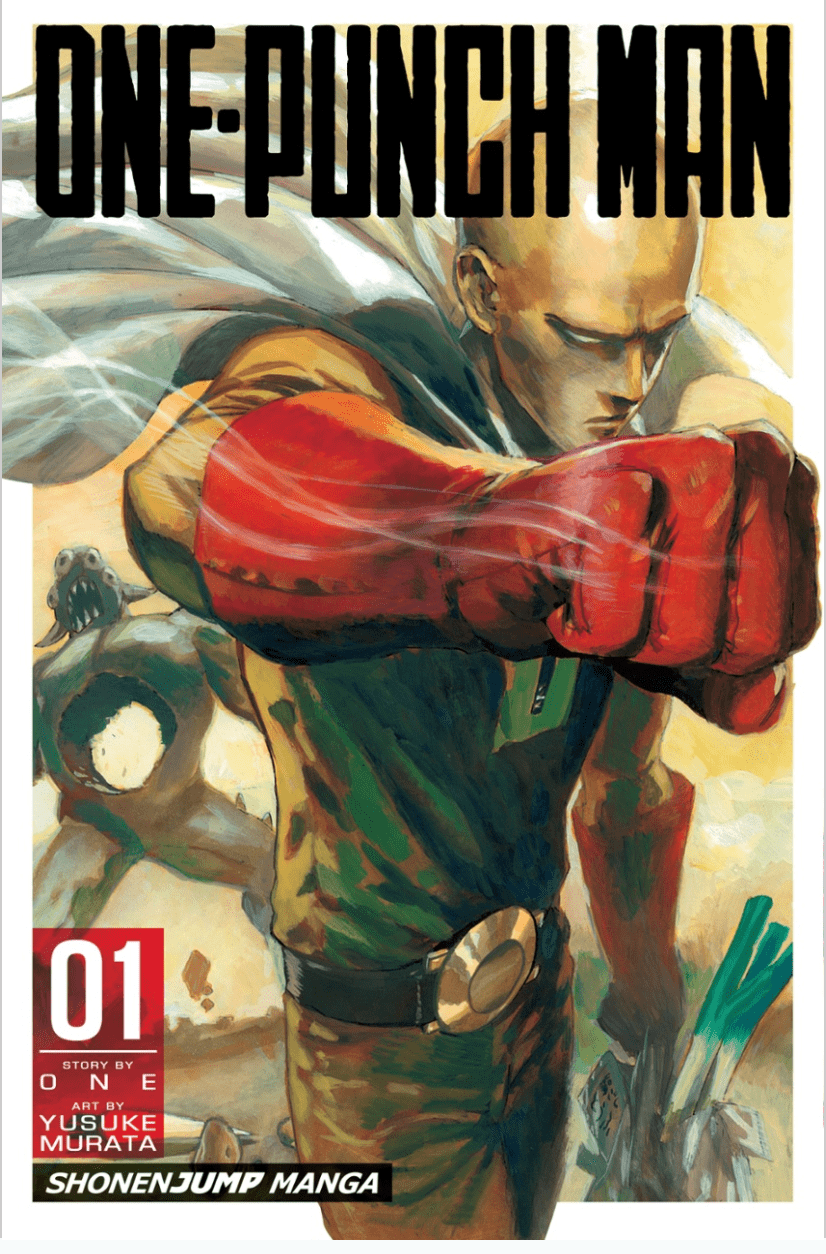 18. One Punch Man by ONE and Yusuke Murata
18. One Punch Man by ONE and Yusuke Murata
